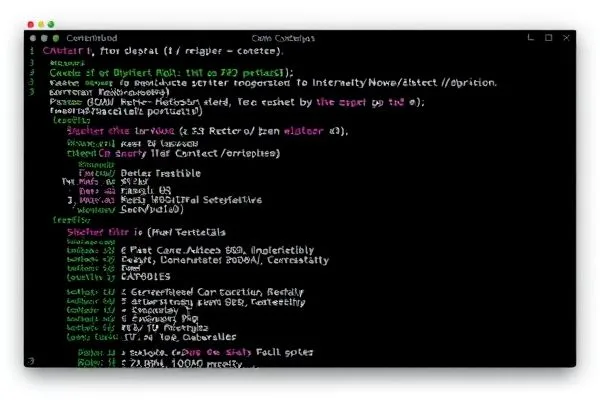In today’s digital landscape, cybercriminals continually innovate, discovering new ways to exploit trusted platforms. Recently, a disturbing trend emerged where attackers have adapted their schemes to target SourceForge, a well-known repository for software hosting. This article delves into a distinct malware distribution strategy involving a seemingly innocuous project, officepackage, which is engineered to deceive users and compromise their systems.
Key Takeaways:
- ✅ Cybercriminals exploit reputable platforms like SourceForge to distribute malware disguised as harmless applications.
- ✅ The infection chain features elaborate multi-step processes, emphasizing the need for robust cybersecurity measures.
- ✅ Users must exercise extreme caution when downloading software from unofficial sources to mitigate potential risks.
The malware distribution process from officepackage begins deceptively. This repository, registered on SourceForge, purports to offer Microsoft Office add-ins, yet has malicious intent hidden beneath its appearance. The software, likely copied from a legitimate GitHub project, becomes a vehicle for nefarious activities.
As outlined, the project is assigned the domain officepackage.sourceforge.io, but a quick inspection reveals inconsistencies. Users encountering this page are greeted with a list of downloadable applications that seem authentic, replete with version numbers. However, the redirection to loading.sourceforge.io raises immediate flags, as the legitimate software is cloaked behind fraudulent links designed to mislead unwary users.
Upon clicking the download button, users unknowingly retrieve vinstaller.zip, an archive that seems too small to contain genuine Office applications. Inside lies another password-protected archive that heightens suspicion. The malware authors utilize file inflation techniques, creating an installer that appears large and legitimate. However, stripping away the extraneous data reveals a more sinister truth beneath.
The core of the infection relies on a multifaceted approach involving hidden Visual Basic scripts and PowerShell commands that relentlessly probe for existing security measures. Notably, it identifies and terminates processes related to malware analysis tools and antivirus software, effectively locking users out from thwarting the attack.
Once the initial script completes its checks, it sends detailed system information and subsequently downloads additional scripts that complete the exploit. Among them is Input.exe, an AutoIt interpreter, which enables further malicious deployments. This interpreter orchestrates the injection of two primary payloads, the miner and ClipBanker, which are notorious for siphoning off cryptocurrencies.
The precision of the attack is evident in the methodical manner in which configuration files and registry keys are manipulated to ensure persistent access to affected systems. By leveraging unconventional startup methods, attackers can maintain control over the system, creating opportunities for further exploitation.
The focus of the operation predominantly targets Russian-speaking users, as telemetry indicates a significant portion of victims are located in Russia. This geographical targeting suggests that the attack campaign is not just opportunistic but a calculated effort to exploit vulnerabilities within specific demographics.
To summarize, the sophistication of modern malware distribution emphasizes the need for heightened awareness among users. The invasion via a reputable platform highlights the ever-evolving tactics cybercriminals employ. As such, it becomes crucial for individuals and organizations alike to remain vigilant and prioritize obtaining software from trusted sources.
Conclusion:
Cybercriminal tactics continue to evolve, and their ability to exploit well-known platforms like SourceForge serves as a stark reminder of potential threats lurking in everyday situations. It is imperative for users to understand the risks associated with software from untrusted sources and prioritize their cybersecurity posture by adopting safe downloading practices.









